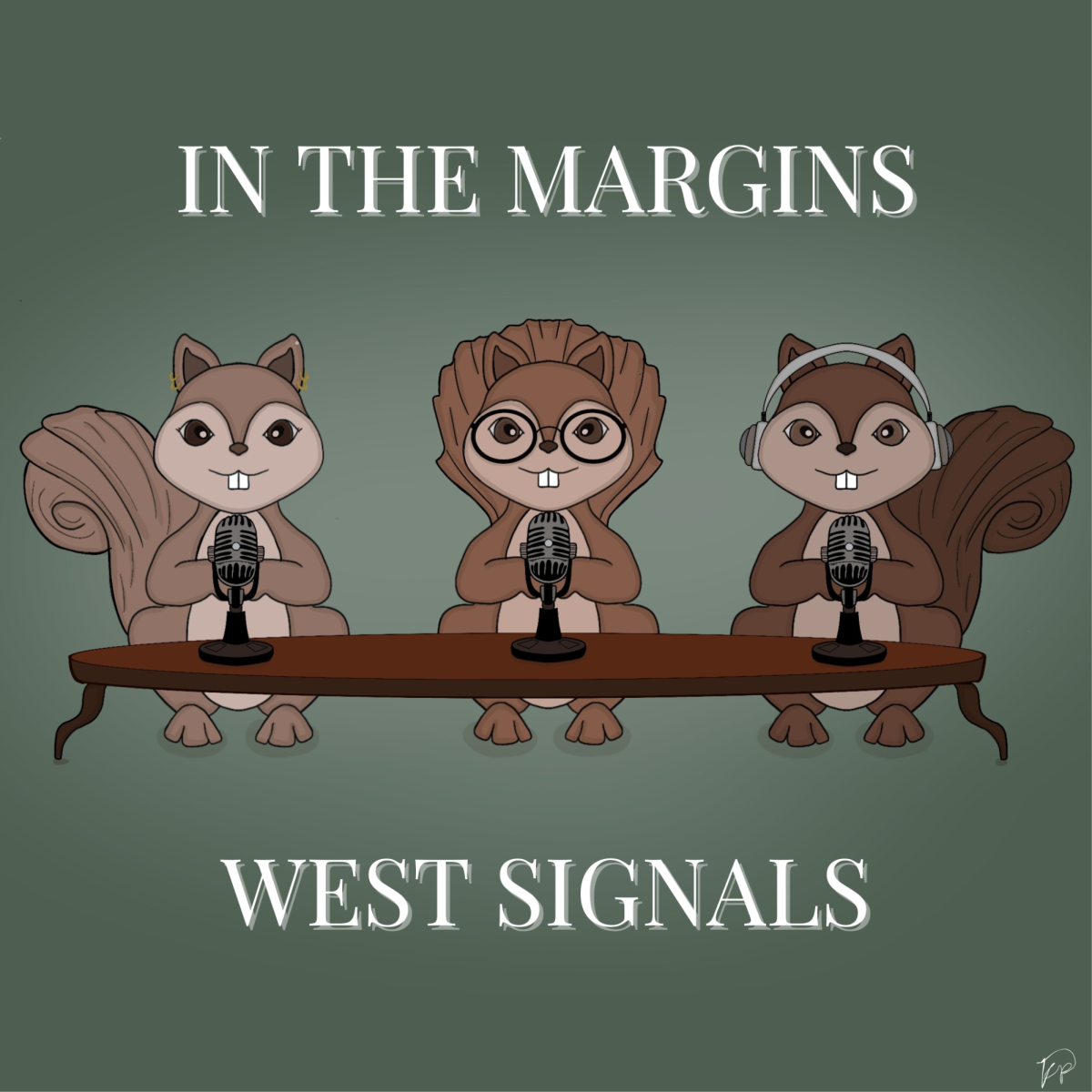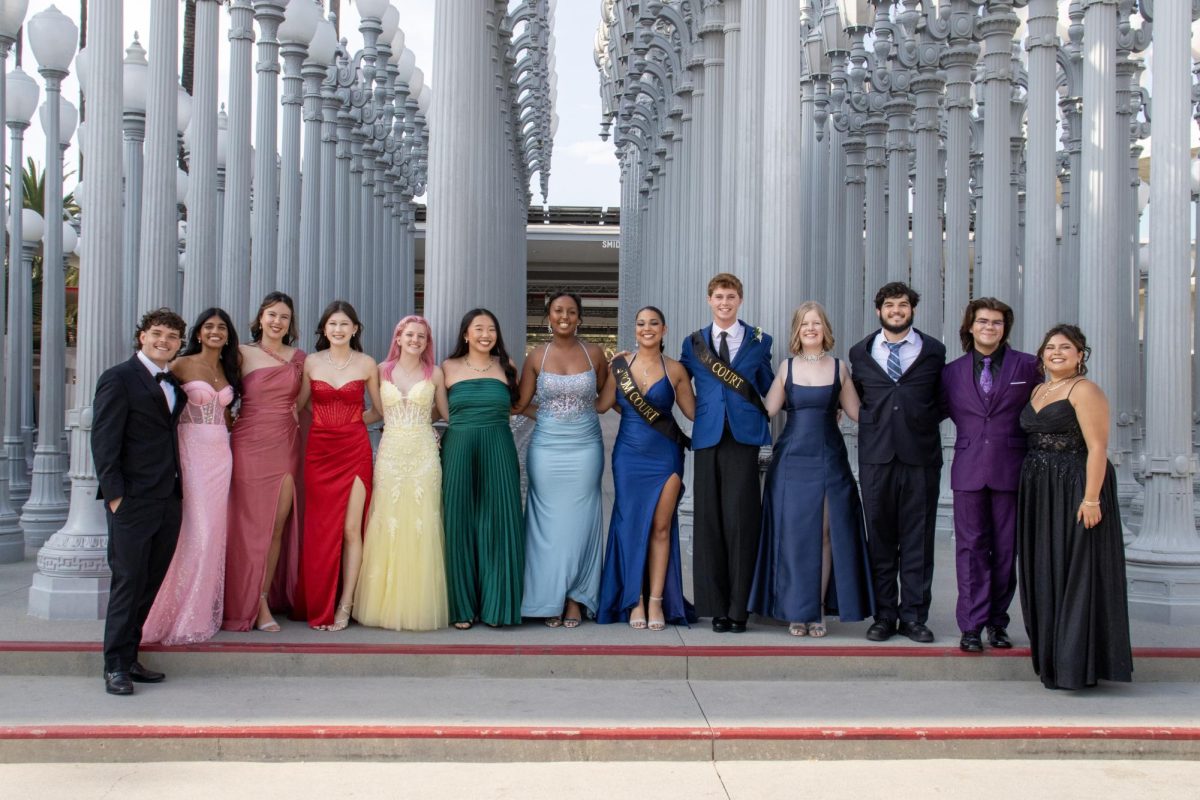Diversity in Media and Why it Matters
January 11, 2021
We all strive to be recognized, to have our identities validated. One way this works is seeing someone we share one or more traits with portrayed in a well-known work of fiction. However, in many of these works — whether literature or television, or another form of media — there tends to be a lack of diversity, especially in protagonists.
This problem is becoming more recognized, especially with the surge of people supporting the Black Lives Matter Movement and educating themselves on minority groups. Being white, male, cisgender, straight, able-bodied, and neurotypical are all characteristics typically seen in protagonists of works of fiction; from the Harry Potter novels to The Flash on the CW, there is a marked lack of differentiation in the protagonists of these series. A few years ago, this was acceptable, since a vast majority of America’s population was (assumed) white, cisgender, straight, and neurotypical, but the people of our nation have grown increasingly diverse over time, and this blindness isn’t acceptable anymore. Thus, it is important to recognize and educate ourselves about the realities of diversity in media. Diversity in media and literature is important because it both helps us understand other people, and validates the identities of underrepresented or misrepresented groups of people.
According to the Anti-Defamation League website, there are two terms that describe diversity in children’s media: “window” and “mirror.” In “Diversity in Media and Why Visibility Matters,” an article on their website, “mirror books, or any other type of media from movies to TV shows, reflect to people who they are, so they can see themselves. Mirror books provide reflections of social group identity characteristics like culture, race, religion, disability, gender, sexual orientation, etc.” Mirror media exists to validate one’s experiences and identity through accurate portrayals of the group, displaying the complicated aspects instead of perpetuating stereotypes. An example of one such book would be The House on Mango Street, which is a book that reflects the author’s experiences growing up as a Latina girl in America. “Window” media does something similar. It gives the reader “a view into other people’s lives and experiences for which people may be unfamiliar. Window books provide information about and insight into identity groups they may not know much about.” When done correctly, window books describe intricate and multifaceted portrayals of identity groups, which help us understand the complexity of them and connect to people of other identity groups.
Fiction is supposed to accurately represent our own and other cultures. An article by Kate Sullivan, writer for TCK Publishing, titled “Why Diversity in Literature Matters” gives the reason why representation often fails or is absent: “When the stories that most people read consist of white upper-class characters, they don’t represent everyone doing the reading.” People of color, people of the LGBTQ+ community, and people that are differently abled cannot be seen accurately because of the favoritism for shallower stories about one culture. Sullivan goes on to say that “this is a particular problem in children’s and YA literature, because kids need to see themselves represented in order to develop healthy self-images and to feel comfortable with who they are.” Validation is especially important for teenagers, who are in an awkward limbo state between adulthood and childhood. Teenagers are r forming identities outside of their parents, and validation in media is extremely important in facilitating this growth.
An example of good representation is the revived version of She-Ra and the Princesses of Power, a Netflix show. Several characters, the protagonist included, are a part of the LGBTQ+ community, and show multifaceted traits and personalities outside of just their race, sexuality, or gender identity. Although it’s a show about aliens and magic, it has a real diverse cast of characters, each with flaws and struggles that exist outside of the general plot that makes them feel like real people. Many works by author Rick Riordan also include LGBTQ+ characters and relationships, characters of color, and a plethora of neurodivergent characters as well. Again, most of these characters aren’t stereotypes. Their personalities and flaws are elaborated in a way that divorces them from these expectations, contributing to the good representation that many young adults of marginalized groups crave.
However, representation isn’t always what is on the minds of writers and creators. According to the Anti-Defamation League website’s article “Diversity in Media and Why Visibility Matters,” “women made up 32.9%, and people of color made up 19.8% of lead film roles. Across the 100 top-grossing movies of 2018 […] only 1.6% of characters were depicted with a disability, and only two portrayed a gay protagonist.” Although the statistics may seem impressive, with these protagonists of marginalized groups making up over 50% of lead film roles, it becomes apparent that 50% isn’t the best. People of marginalized groups in film altogether may outnumber the quantity of white protagonists, but the demographic of the world is much more diverse than what is expressed with these statistics. The issue here is that the characteristics of being male, white, cisgender, straight, able-bodied and neurotypical are already expected and treated as a default. Whenever a character strays from these rules, it’s considered a modifier, and questions are asked, like “why did this character have to be gay” or a woman, or trans. It’s just considered more “normal” to have a character whose identity conforms to these set rules. It is also worth noting that not all of these minority protagonists and leads are portrayed accurately. There needs to be a qualitative aspect to the characters because not everyone fits into a specific box of how a culture should act. It’s important to recognize the diversity that can be present between individuals of a group identity instead of pushing the idea that all people of that identity are similar in every way. This is how damaging stereotypes and stigmatizing tropes are spread.
However, despite the seemingly bleak circumstances regarding the issue, there are solutions to the lack of diversity. Kate Sullivan elaborates on the issue in her article “Why Diversity in Literature Matters,” and explains to her audience how to get involved with promoting diversity in literature. Sullivan’s solutions were to read more diverse literature, to write diverse literature a, and to reach out within communities, both online and in person that promote diversity in fiction. The article “Three Ways to Tackle a Lack of Diversity in Media” by Michelle King explains these ideas well. King explains that “the only way to tell a wide range of stories, is to have a team of content producers who don’t all look or think alike.” This first way increases the diversity in the writer’s room, and allows people of different groups to voice their own experiences of being a part of a certain group identity. When people write their stories from their personal experience, it becomes easier to relate to that other group identity, and also lessens the feelings of isolation, dehumanization, and invalidation that people of that group identity might face.
The second way to increase diversity mentioned in the article explained how “Ensuring diversity in content creation is a never-ending process, as storytellers and writers need to be aware of their own assumptions and biases.” That is to say, being aware of one’s own biases allows us to combat them. A problem is much more easily fought if it is understood, and lets writers and storytellers be more open to correction and admission to their mistakes. Recognizing these blind spots allows for reexamination and rectification because it improves commitment and dedication to provide accurate and unbiased stories.
Finally, “Diverse storytelling not only better represents all customers but it provides businesses with a way to celebrate differences.” Celebrating differences in storytelling is important because pretending like we aren’t different from one another contributes to the issue of the invisibility of problems like racism, ableism, sexism, homophobia, and transphobia. Not explaining these differences promotes the idea that being a part of this group identity is something to be ashamed of, and decreases the general knowledge of these individuals and how to treat them with respect. Unique experiences are worth showing, and by actively seeking these different perspectives, it becomes much easier to avoid writing a bad stereotype and removes the shame that people of group identities might feel.
Diversity and good representation in media is important in validating the identities of many. Doing so helps individuals of these groups understand that they’re not alone, and what they’re feeling or doing isn’t wrong. Good representation is also important in understanding other cultural identities that might feel foreign to us, and shows us how to avoid perpetuating stereotypes and stigmas. Although we still have a bit of a ways to go in terms of diversity, we can still take steps to avoid these bad habits by increasing diversity in writer’s rooms, recognizing our own biases, and celebrating our differences rather than suppressing them.
Disclaimer: Articles in our opinion section are meant to relay the opinions of the individual writer, and not necessarily the opinions of West High School.




